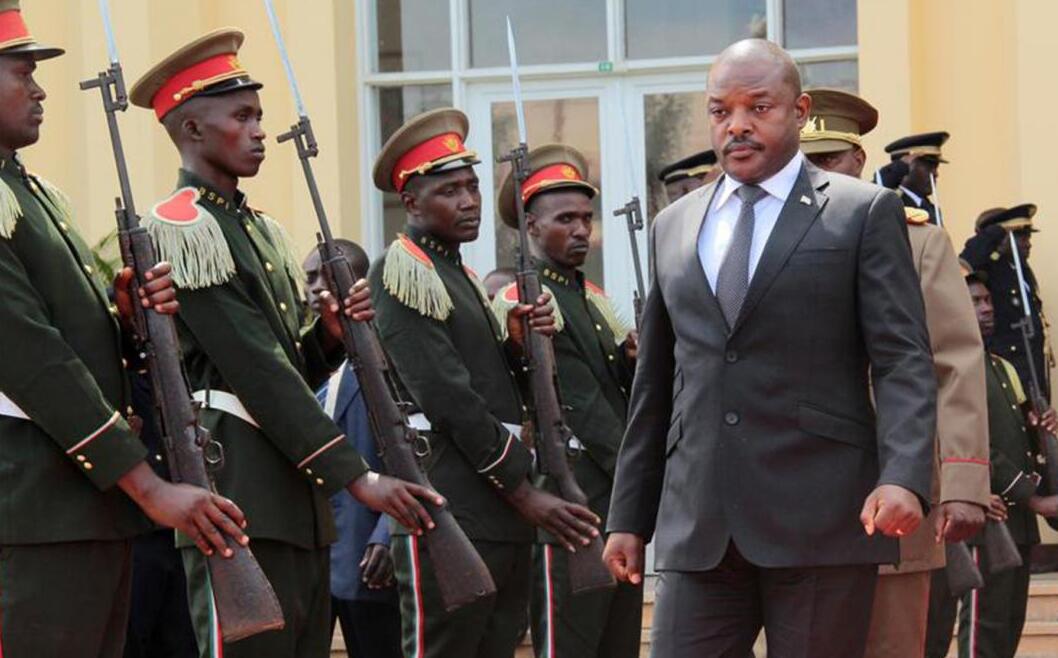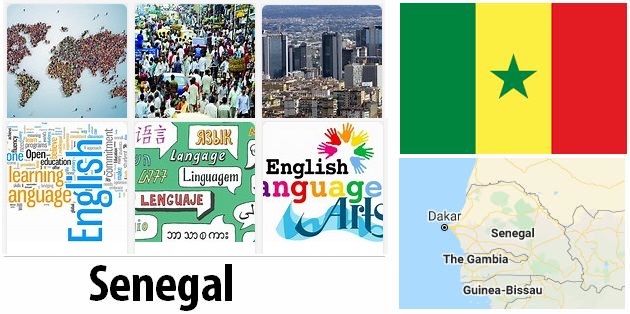Rabat, Morocco
Rabat is the administrative center of Morocco, the pride of the kings and French colonizers who rebuilt the modern part of the city. Unlike many other oriental tourist centers, it has preserved the Arabic rhythm of life and unique cultural flavor. In the early morning, Medina is in full swing: bazaars and shops open, peddlers hurry about their business, but everything freezes when the azan sounds from the minarets.
Note: according to allcitypopulation, the population of Morocco is 37.34 million (2021).
The modern tourist will like Rabat not only with the opportunity to plunge into a completely non-European atmosphere, but also with its unique architecture, Middle Eastern cuisine, real Moroccan oranges and tangerines, endless courtesy and smiles of local merchants. This is a royal city, it is here that the royal family spends most of the year. And, perhaps, having visited it, every traveler will understand why.
What to bring
In the noisy markets of Rabat (focused in the Medina), you can buy almost everything: silk, gold, jewelry, spices, sweets. But only the buyer is responsible for the quality. In order not to be disappointed in the souvenirs brought from Morocco, it is better to refer to the recommendations of experienced travelers. Experienced tourists are advised to bring argan oil from here.
You should not buy natural cosmetics “from hand”: unscrupulous merchants often dilute it with ordinary oil.
The second most popular Moroccan souvenir is gastronomic delicacies. Local spices are made by hand, they retain their bright aroma for a long time. Those with a sweet tooth will love candied fruits, baklava and real halva, which is very different from what is sold in Europe.
It is difficult to pass by the stalls with ethnic jewelry. Massive bracelets with original engraving, decorated with precious stones, look stylish and do not go out of fashion. But on the market it is easy to face deception and buy a plastic fake at an exorbitant price. Certificates of authenticity, which are required to be presented by employees of jewelry stores, will help dispel doubts (this rule does not work in the markets, tourists buy jewelry at their own peril and risk).
Cuisine and restaurants in Rabat
Moroccan cuisine was influenced by France, Africa and the Middle East. This is a unique blend of flavors: bright and unlike anything else. The city has restaurants and cafes, small bakeries and bakeries. Food is sold everywhere, but there are practically no fast food stalls familiar to Europeans: Moroccans prefer to slowly enjoy their meal, sitting at the gastronomy table.
Expensive restaurants designed for Europeans are open in the city center and next to large hotels. They serve mainly Mediterranean, French cuisine and national dishes. Dinner for one person with moderate alcohol will cost 400 MAD.
Most tourists prefer to have lunch and dinner in small Moroccan cafes. It is there that you can taste the real “tanjin” (spicy stew or poultry), couscous, “hariru” (thick meat soup with an abundance of spices) and wash it all down with fragrant mint tea. Lunch will cost 250 MAD, and the portion size is designed for a very hungry and large person. Or someone who is ready to sit slowly over a plate for half a day. Moroccans have breakfast in bakeries with French baguettes. But you can also find more original pastries: “kaab el-gzal” – miniature pies filled with almond paste.
Entertainment and attractions
The most striking and famous attraction of Rabat is the Kasbah of Udaya. A small city can fit behind its walls (as it used to be). The defensive structure was built for two purposes: to control the movement of ships sailing near the city, and to protect the townspeople and their property from regular pirate raids. The monumental construction was erected in the 12th century and has retained its formidable and picturesque appearance. Although now Kasbah Udaya does not inspire horror, but rather bewitches. To visit, it is better to choose a non-hot day or go early in the morning, not forgetting your camera.
In addition to the fortress, in the 12th century, the Hassan minaret was erected, located on the territory of the modern mausoleum of Mohammed V. According to the idea of medieval architects, it was supposed to become the tallest building glorifying Allah, and rise 86 m above the city. But the grandiose project was not destined to come true: the building is only half finished (44 m).
Opposite the minaret is the mausoleum of the Moroccan king, who defended the country’s independence in the 20th century. The complex is guarded by royal guards, who, unlike the guards next to the palaces in Europe, willingly talk with locals and tourists.
Another popular attraction is the Shellah necropolis. It is difficult to guess at what time the city arose, but scientists are unanimous in their opinion that there was the first human settlement on these lands. At first it was actively developed and rebuilt. It was inhabited by the Phoenicians, then by the Romans. But in the 12th century, the city was abandoned and began to be used for burying the dead. Today it is the most important architectural monument that allows you to study the culture of many ancient peoples.
Weather
Due to the proximity of the ocean, the climate in Rabat is quite mild and comfortable throughout the year. Sunny days prevail, summer is dry and hot, even too hot for an unprepared tourist, but ideal for a relaxing beach holiday in a comfortable hotel.
The most pleasant weather is set in spring and autumn, with the approach of winter, the amount of rain increases. The most “raw” and unattractive months for traveling to Rabat are November and December. The sun appears in the sky less often, but the air temperature still remains quite high: there are no frosts even at night.



